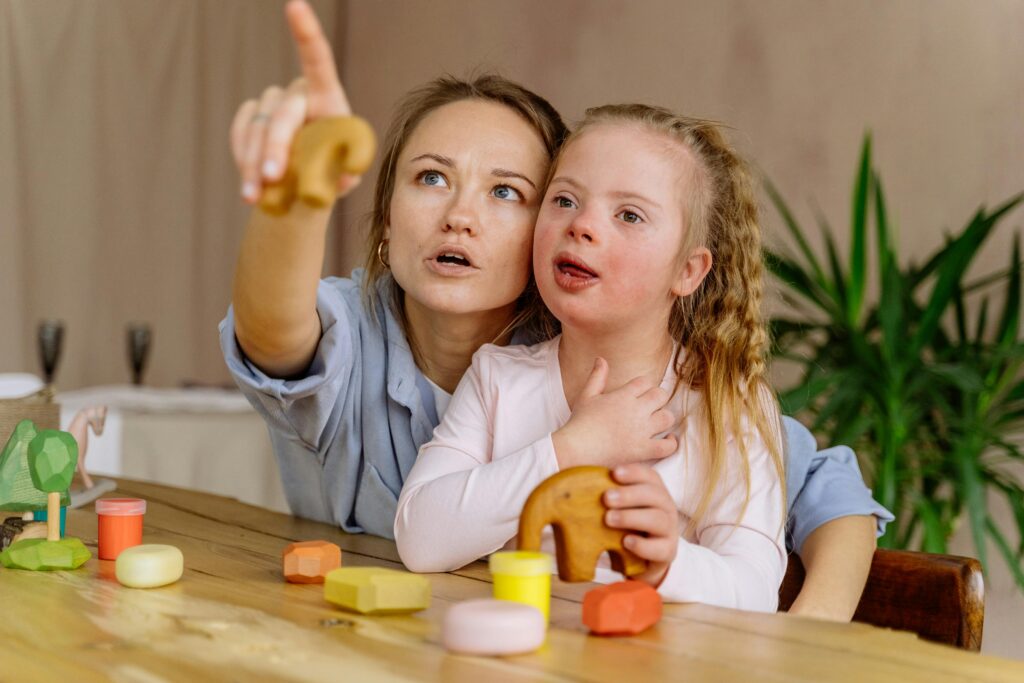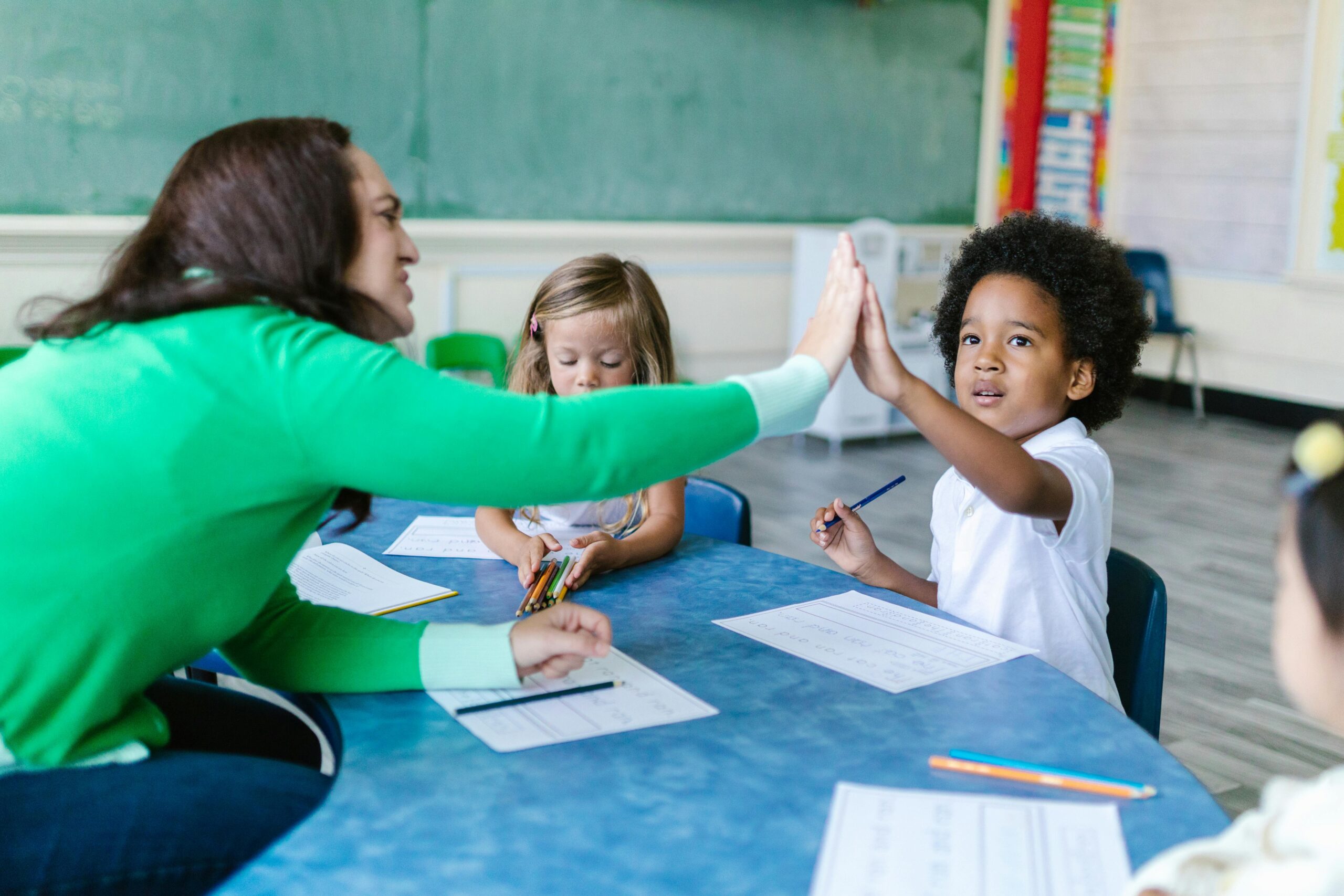Moving Beyond Assumptions: Encouraging Reflective Practice in Education
17 March 2025

Education is a constantly evolving field, shaped by research, policy, and the needs of students. As educators, we all want to provide the best possible opportunities for our learners. However, one challenge that can emerge in even the most well-intentioned settings is institutional indifference—the assumption that because a practice is established or well-meaning, it must also be effective.
Roger Mitchell, Headteacher of Ripple Primary School, UK, captures this idea powerfully: “Institutional Indifference is what stops us including ourselves when we look at the WHYS.”
Rather than a criticism, recognising institutional indifference is an opportunity for growth. By fostering a culture of reflective practice, we can ensure that our approaches genuinely meet the diverse needs of all students.
The Power of Reflection in Reducing Educational Barriers
Recent research highlights that disparities in education are widening, particularly for students from disadvantaged backgrounds and those with Special Educational Needs and Disabilities (SEND). The Education Policy Institute (2024) found that unauthorised school absences contribute significantly to the attainment gap between disadvantaged students and their peers. If these students attended at the same rate as their peers, the achievement gap in GCSEs would be notably smaller (EPI, 2024).
Similarly, the long-term effects of the COVID-19 pandemic highlighted disparities in digital access and learning support. While some students adapted quickly, others struggled due to limited resources. This demonstrates the need to continuously assess and adapt teaching strategies to ensure inclusivity (The Guardian, 2025).
When we consider the barriers a child is facing, to truly address these challenges, we must not only examine external factors like a child’s home life or community, but also critically reflect on our own roles as educators and institutions. Through reflective practice, educators can explore whether existing methods truly support every learner and identify ways to bridge these gaps.
What is Reflective Practice?
Reflective practice is about asking the right questions:
- Are my teaching methods accessible to all students?
- Who might be missing out, and why?
- How can I adjust my approach to ensure every learner thrives?
The UK government’s SEND Code of Practice (2015) and the Equality Act (2010) both emphasise the importance of adapting teaching strategies to meet diverse needs. However, policy alone is not enough—meaningful inclusion requires ongoing reflection and adaptation.
Encouraging a Culture of Reflection in Schools
To foster a culture of reflection, schools can:
- Embrace Professional Development – Regular training in inclusive education ensures that staff stay informed about best practices. Engaging in CPD (Continuous Professional Development) opportunities related to SEND, differentiation, and trauma-informed teaching can significantly enhance classroom effectiveness.
- Use Data to Inform Practice – Monitoring student progress and analysing attendance or engagement trends can highlight areas for improvement. Instead of assuming a strategy is working, data-driven insights help pinpoint what’s truly effective.
- Collaborate with Students and Families – No one understands students’ needs better than they do themselves. Encouraging student voice and engaging with parents can provide valuable perspectives on what works and what doesn’t.
- Promote Peer Observation and Discussion – Observing colleagues and sharing feedback in a supportive environment can provide fresh perspectives on teaching methods. A non-judgmental approach to peer reflection allows for growth without fear of criticism.
- Make Small, Meaningful Changes – Reflective practice doesn’t mean overhauling everything overnight. Sometimes, small adjustments—such as using different questioning techniques or adapting classroom resources—can make a huge impact.
Why This Matters: The Bigger Picture
A commitment to reflection benefits not only students but also teachers. When educators feel empowered to question, adapt, and innovate, job satisfaction and professional confidence grow.
Moreover, inclusion is not just about meeting legal requirements—it’s about equity. Every student deserves the best possible learning experience, and through reflective practice, we ensure that no one is left behind.
Institutional indifference is not about blame; it’s about awareness. Recognising areas for growth is a strength, not a weakness. As Roger Mitchell reminds us, if we don’t include ourselves when examining the reasons behind educational challenges, we risk contributing to them.
By fostering a culture of reflection and adaptation, we can move beyond assumptions and create learning environments that truly support every student. Together, we can ensure that our education system is not just well-intentioned, but genuinely effective for all learners.

THE TIME FOR KINDNESS
AND CONNECTION IS NOW
We know just how busy you are. We’d love to chat to you about how these courses work and the impact they will have on your school. You may also be unsure about what level of training your school may need – let’s talk!
We’ll get to know you, your school and the needs of your children, staff and community to deliver a bespoke and unique session.
Catch up on news!
Things move quickly. Here you’ll find our thoughts, ideas, research and musings on industry developments and the world of kindness and connection. Take a read..



